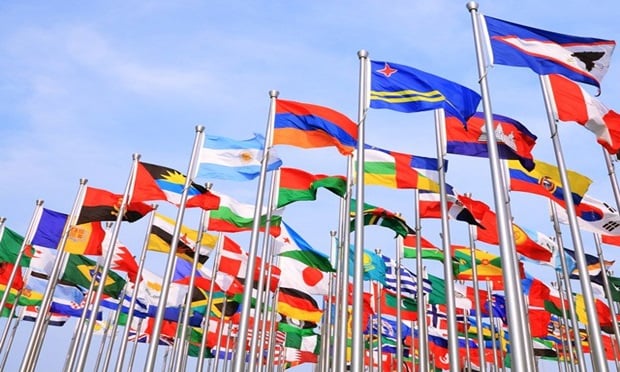(This story originally appeared on Benefits Pro's sister publication National Law Journal.)
Merrick Garland, the chief judge of the U.S. Court of Appeals for the D.C. Circuit and a former U.S. Justice Department lawyer who led the investigation of the 1995 Oklahoma City bombing, was nominated Wednesday to the U.S. Supreme Court.
In the weeks leading up to the nomination, many observers saw Garland, 63, as a consensus pick for the president — a judge who, despite a long paper trail and tenure on the bench, has kept a low public profile and isn’t known for staking out controversial positions.
Continue Reading for Free
Register and gain access to:
- Breaking benefits news and analysis, on-site and via our newsletters and custom alerts
- Educational webcasts, white papers, and ebooks from industry thought leaders
- Critical converage of the property casualty insurance and financial advisory markets on our other ALM sites, PropertyCasualty360 and ThinkAdvisor
Already have an account? Sign In Now
© 2024 ALM Global, LLC, All Rights Reserved. Request academic re-use from www.copyright.com. All other uses, submit a request to [email protected]. For more information visit Asset & Logo Licensing.








